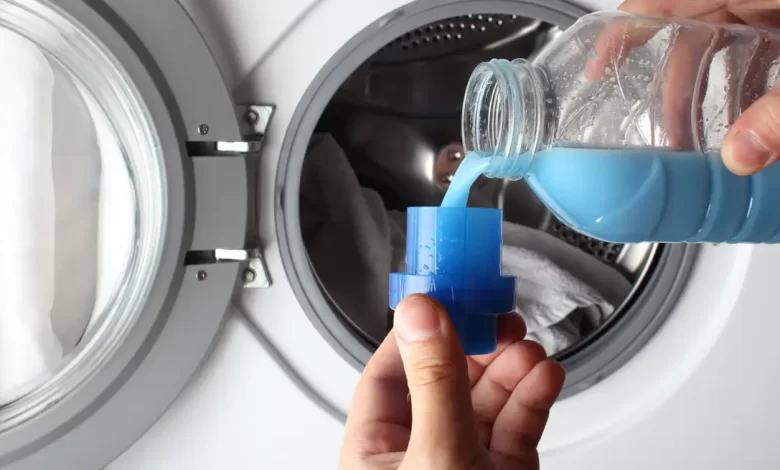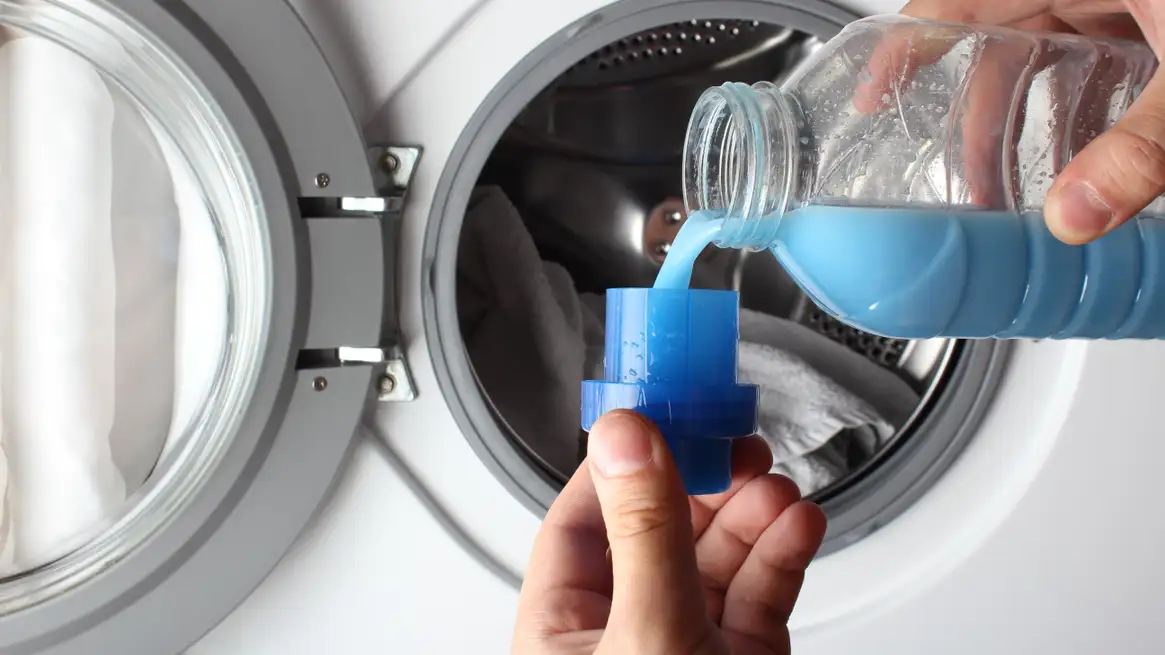Cleaning & HouseholdLife Style
Fabric Softener Is Bullshit



Fabric softeners do not soften clothes and have many side effects.
Having explained why you should stop using dry cleaners, the next step is to stop using fabric softeners, an unnecessary step in laundry. We like the feel of our clothes! And the smell. If you are a long-time user of fabric softener, you might be forgiven for thinking that without it, all your clothes will feel stiff when you take them out of the dryer. However, this is not true. So here are some opinions against this commonly used laundry staple and some alternatives.
Effects of Fabric Softeners on Clothes
Softeners, like dryer sheets, do not actually soften clothes. Instead, they coat the surface of the garment with a waxy film to achieve a superficially soft texture. The problem is that this waxy film reduces the fabric’s water absorbency, moisture absorption, and most importantly, its flame resistance. This is why baby clothes should not be washed with fabric softener. (And what good is a soft towel if it loses its original function of absorbency?)
Reasons to refrain from using fabric softener
Repeated washing can cause a buildup of coatings, which can damage the garment’s characteristic texture and warmth (e.g., wool). On the health front, the Environmental Working Group notes that the main ingredients in fabric softeners, such as “quats” (quaternary ammonium compounds), fragrances, preservatives, colorants, and phthalates, can trigger asthma and allergies, irritate the skin, and disrupt the endocrine system. In addition, over time, the film that builds up makes it harder for water and detergents to penetrate, and harder to remove odors and stains. (Speaking of stains, dyes used in fabric softeners can leave a blue or gray tint on clothing.)
What are some alternatives to fabric softeners?
Create your own. An effective DIY alternative to fabric softener is hoarding. According to The Spruce, “The acetic acid in distilled white vinegar is very mild and will not harm washable fabrics. However, it is enough to dissolve the residue (alkalinity) left by soap and detergent ingredients,” resulting in “more vibrant, clearer colors.” (Similarly, baking soda makes whites whiter and colors brighter.)
Aluminum foil balls. Tin foil will not soften clothes, but it can reduce static clinging, a secondary function of fabric softener. When clothes overlap in the dryer, electrons are exchanged, causing some garments to be positively charged and others negatively charged. (According to CNET, tin foil balls “should speed up the drying process because they help to separate the clothes, releasing any static buildup that the clothes may encounter.”)
Wool Dryer Balls While fabric softener creates softness, wool dryer balls create actual softness. They reduce drying time by softening the fibers, separating the garment, and equalizing the flow of heat. (If you like the scent of the garment, you may want to put a few drops of your favorite essential oil on the ball.)
Air-dry. Drying clothes reduces static electricity (not to mention electricity costs), reduces fading and heat shrinkage, and prolongs the life of your clothes.